1930 PIERCE-ARROW MODEL B CONVERTIBLE COUPE Chassis No. tba Engine No. tba Light green with dark green fenders and beige soft top Engine: L-head, straight eight, pressure fed engine lubrication, 385ci., 125bhp at 3,200rpm; Gearbox: four speed manual; Suspension: semi-elliptic leaf springs front and rear; Brakes: four wheel mechanical drums. Left hand drive. Before entering the automaking business in 1901, the George N. Pierce Company of Buffalo, New York had been engaged in making such diverse products as birdcages and bicycles. Pierce's first cars were called Motorettes and were powered by DeDion-Bouton engines. By 1903 Pierce was building two cylinder cars and in 1904 their Pierce Great Arrow four cylinder cars arrived. Great Arrow's line of models expanded to include six cylinder cars in 1907 and two years later both the corporate and cars' names were changed to Pierce-Arrow. Only the finest materials were used in these motor cars including complex but immensely strong cast aluminum bodies. Through the years Pierce also pioneered in the use of power brakes and hydraulic tappets and in 1913 the marque's most distinguishing feature first appeared when fender-mounted headlamps became standard on all series. While the cars found great success and acceptance at the highest social and governmental levels (Pierce-Arrows were the official White House automobile for many years), perhaps Pierce's greatest mechanical tour de force in the early years was the gargantuan Model 66. With a rating of 60 horsepower and a 5 x 7 bore and stroke in its six cylinders, these road-going locomotives rode on a wheelbase of over twelve feet and cost anywhere from $6,500 to $8,000 depending on the body style specified by the well-heeled customer. The Dual Valve Six appeared in late 1918 and shortly afterward Pierce-Arrow went through several years of turmoil as company ownership and the engineering and executive staff went through some key changes. To expand their market Pierce brought out the Series 80 in 1924. This was a lower-priced and more modern-appearing car than the senior autos. But it was still a six cylinder, as Pierce stubbornly clung to the credo that a six was the ideal powerplant. Meanwhile the competition offered V and straight eights and Packard had even offered twelves during the early 1920s. It would not be until 1930 that Pierce brought out an eight cylinder car, just in time to be trumped by the V-12s and V-16s of Cadillac, Marmon and Lincoln. Nonetheless, it was a superb engine in the Pierce-Arrow tradition of thorough, proven engineering applied via the best materials and highest standards of manufacturing and workmanship. Pierce and Studebaker had merged in 1929 although the Buffalo automaker remained an independent entity in terms of development and manufacturing. They played a quick and successful game of catch-up in the multi-cylinder race, bringing a new and magnificent V-12 engine to market in late 1931. But the marriage to Studebaker was proving less than felicitous and in 1933 the South Bend firm went into receivership, taking Pierce-Arrow down with it. This particular car is a very rare model and one of only a very few 1930 Model B Convertible Coupes known to the Pierce Arrow Society. Purchased by the current owner in 1994 in original condition, it has since been the subject of an eight year restoration using original parts wherever possible. All the woodwork has been replaced, the chromium plating has been re-plated, the metalwork has been repaired as necessary and a full repaint was carried out. The convertible top was replaced and a complete new interior has been fitted by a noted specialist. All dashboard instruments are complete and original. It rides on a 134 inch wheelbase with twelve spoked two-tone wheels and wide whitewall tires and dual side mounted spare tires. Although only driven sparingly since restoration, after careful running in it will be ready for touring and regional showing with the leading
1930 PIERCE-ARROW MODEL B CONVERTIBLE COUPE Chassis No. tba Engine No. tba Light green with dark green fenders and beige soft top Engine: L-head, straight eight, pressure fed engine lubrication, 385ci., 125bhp at 3,200rpm; Gearbox: four speed manual; Suspension: semi-elliptic leaf springs front and rear; Brakes: four wheel mechanical drums. Left hand drive. Before entering the automaking business in 1901, the George N. Pierce Company of Buffalo, New York had been engaged in making such diverse products as birdcages and bicycles. Pierce's first cars were called Motorettes and were powered by DeDion-Bouton engines. By 1903 Pierce was building two cylinder cars and in 1904 their Pierce Great Arrow four cylinder cars arrived. Great Arrow's line of models expanded to include six cylinder cars in 1907 and two years later both the corporate and cars' names were changed to Pierce-Arrow. Only the finest materials were used in these motor cars including complex but immensely strong cast aluminum bodies. Through the years Pierce also pioneered in the use of power brakes and hydraulic tappets and in 1913 the marque's most distinguishing feature first appeared when fender-mounted headlamps became standard on all series. While the cars found great success and acceptance at the highest social and governmental levels (Pierce-Arrows were the official White House automobile for many years), perhaps Pierce's greatest mechanical tour de force in the early years was the gargantuan Model 66. With a rating of 60 horsepower and a 5 x 7 bore and stroke in its six cylinders, these road-going locomotives rode on a wheelbase of over twelve feet and cost anywhere from $6,500 to $8,000 depending on the body style specified by the well-heeled customer. The Dual Valve Six appeared in late 1918 and shortly afterward Pierce-Arrow went through several years of turmoil as company ownership and the engineering and executive staff went through some key changes. To expand their market Pierce brought out the Series 80 in 1924. This was a lower-priced and more modern-appearing car than the senior autos. But it was still a six cylinder, as Pierce stubbornly clung to the credo that a six was the ideal powerplant. Meanwhile the competition offered V and straight eights and Packard had even offered twelves during the early 1920s. It would not be until 1930 that Pierce brought out an eight cylinder car, just in time to be trumped by the V-12s and V-16s of Cadillac, Marmon and Lincoln. Nonetheless, it was a superb engine in the Pierce-Arrow tradition of thorough, proven engineering applied via the best materials and highest standards of manufacturing and workmanship. Pierce and Studebaker had merged in 1929 although the Buffalo automaker remained an independent entity in terms of development and manufacturing. They played a quick and successful game of catch-up in the multi-cylinder race, bringing a new and magnificent V-12 engine to market in late 1931. But the marriage to Studebaker was proving less than felicitous and in 1933 the South Bend firm went into receivership, taking Pierce-Arrow down with it. This particular car is a very rare model and one of only a very few 1930 Model B Convertible Coupes known to the Pierce Arrow Society. Purchased by the current owner in 1994 in original condition, it has since been the subject of an eight year restoration using original parts wherever possible. All the woodwork has been replaced, the chromium plating has been re-plated, the metalwork has been repaired as necessary and a full repaint was carried out. The convertible top was replaced and a complete new interior has been fitted by a noted specialist. All dashboard instruments are complete and original. It rides on a 134 inch wheelbase with twelve spoked two-tone wheels and wide whitewall tires and dual side mounted spare tires. Although only driven sparingly since restoration, after careful running in it will be ready for touring and regional showing with the leading

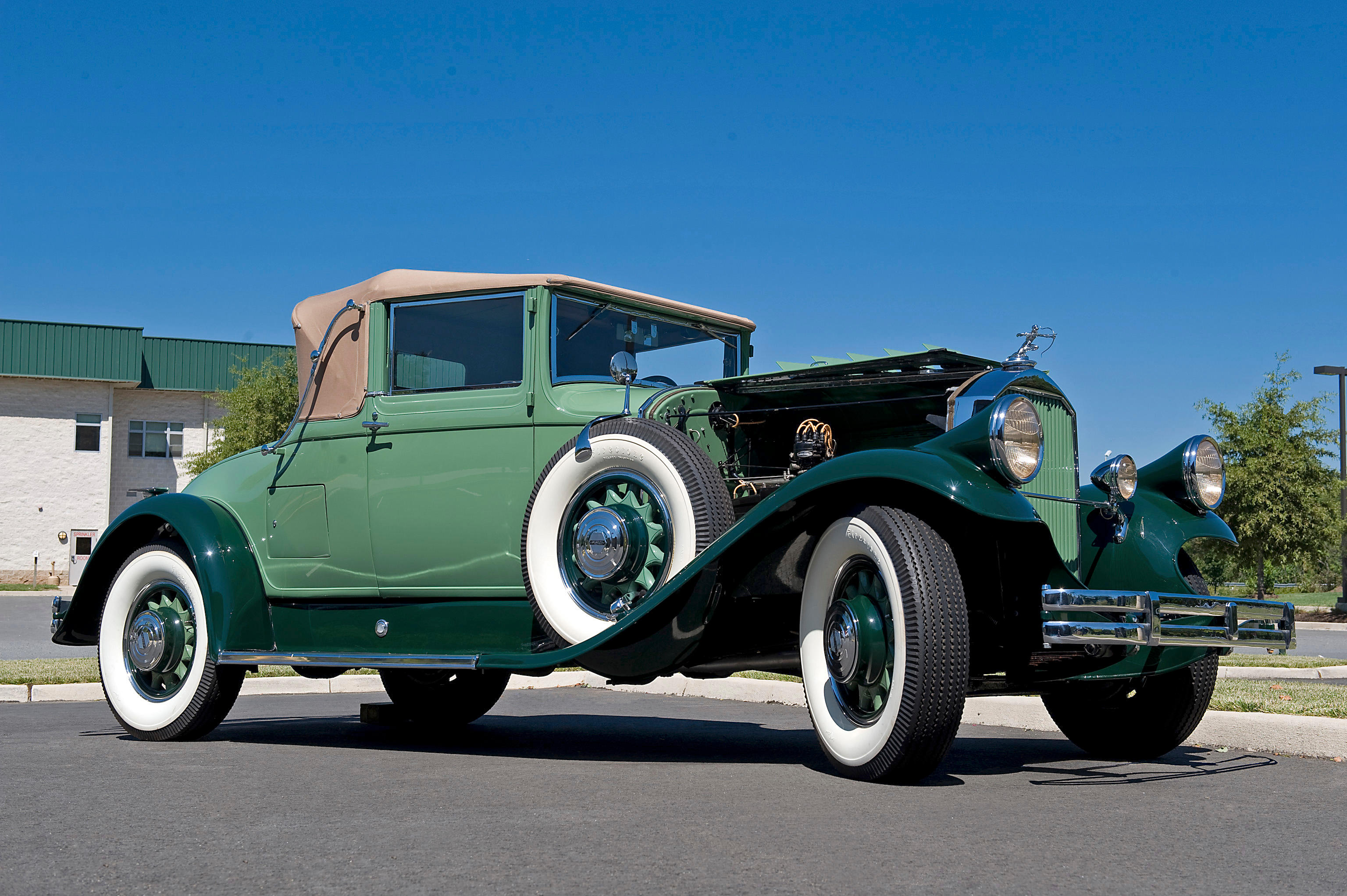



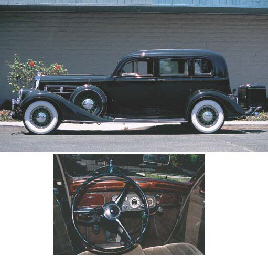

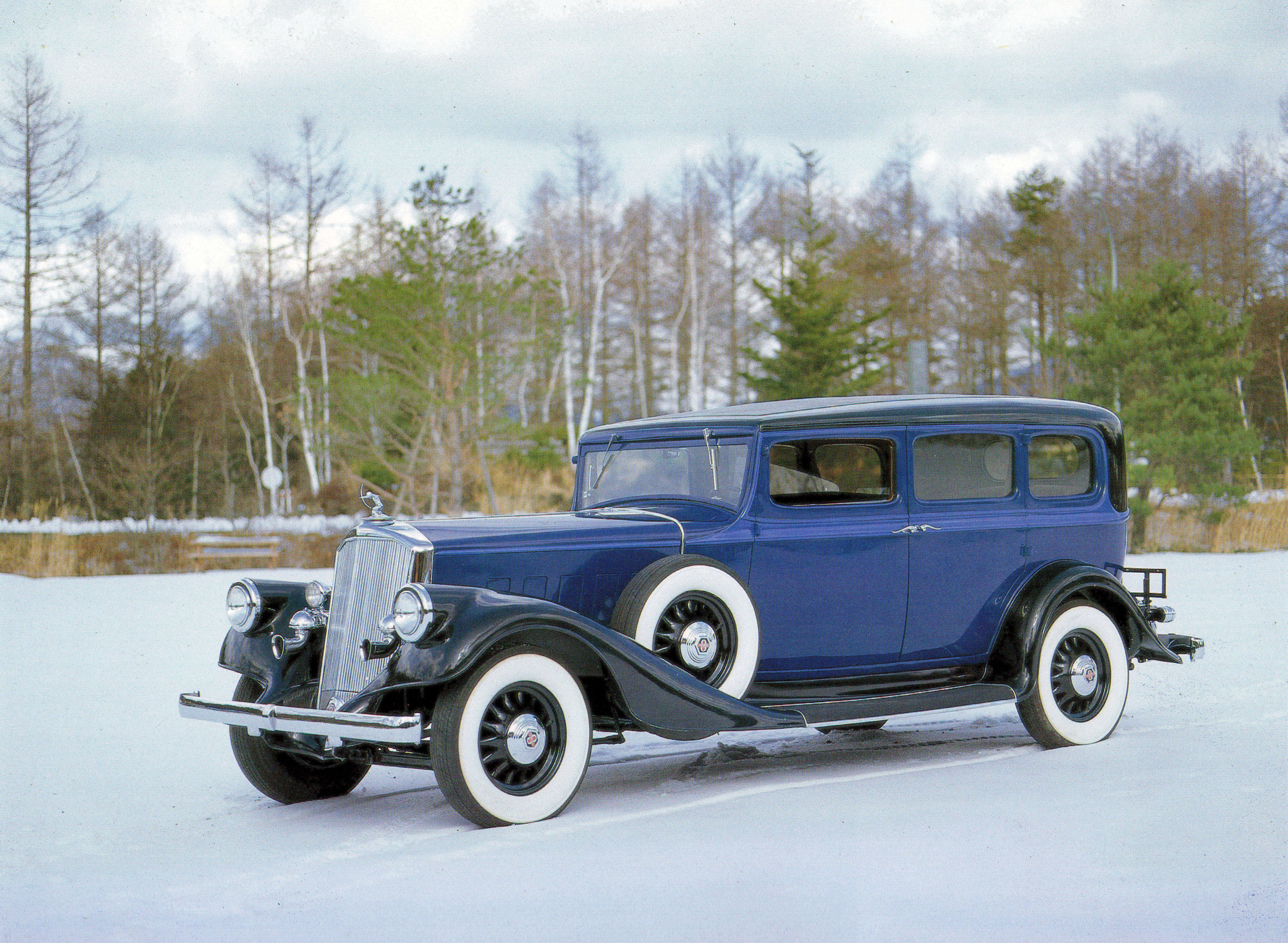
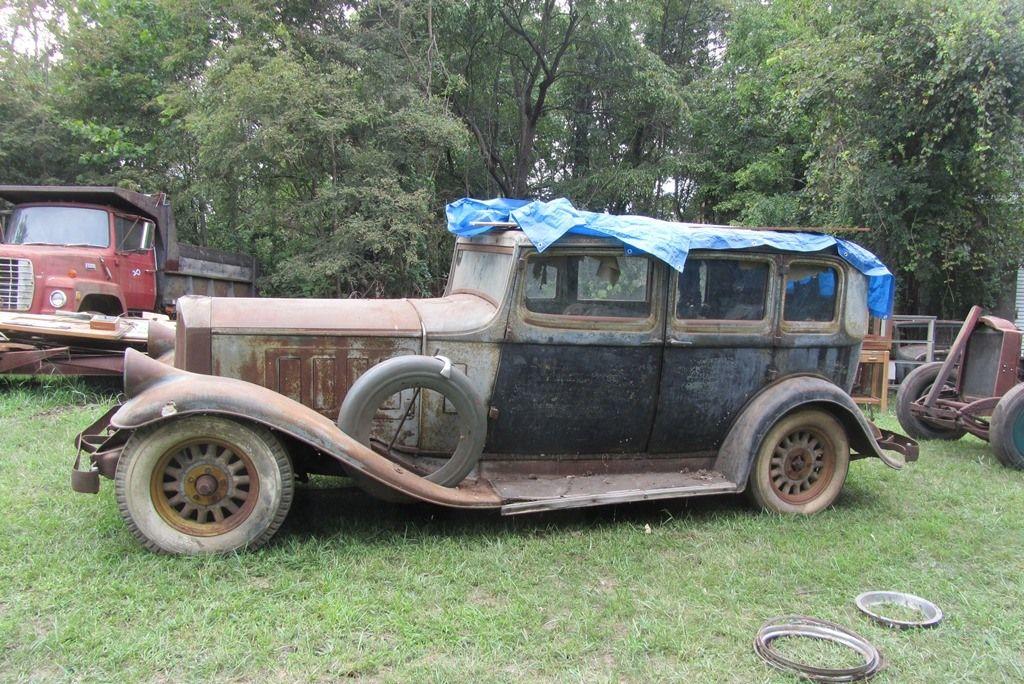
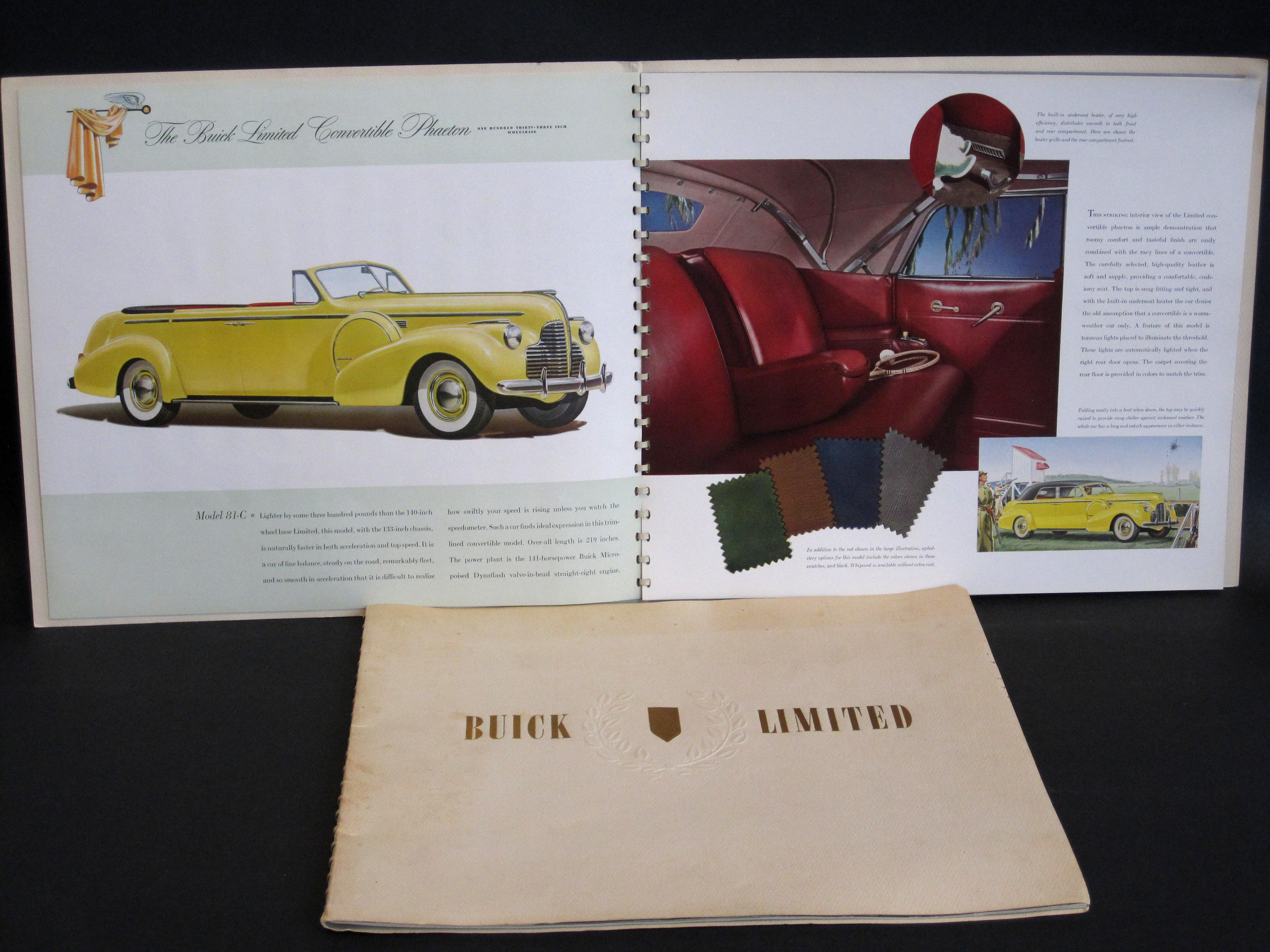



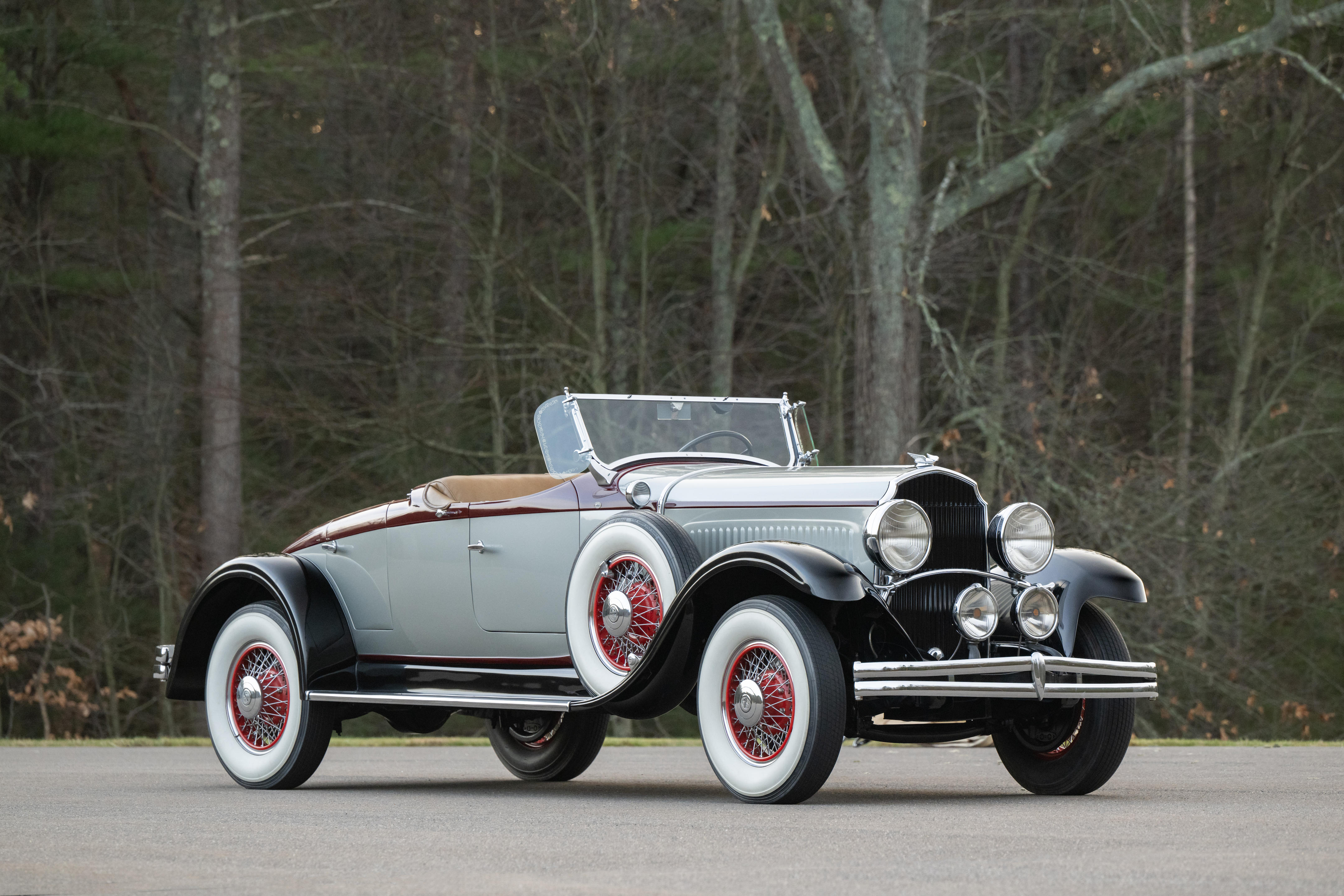
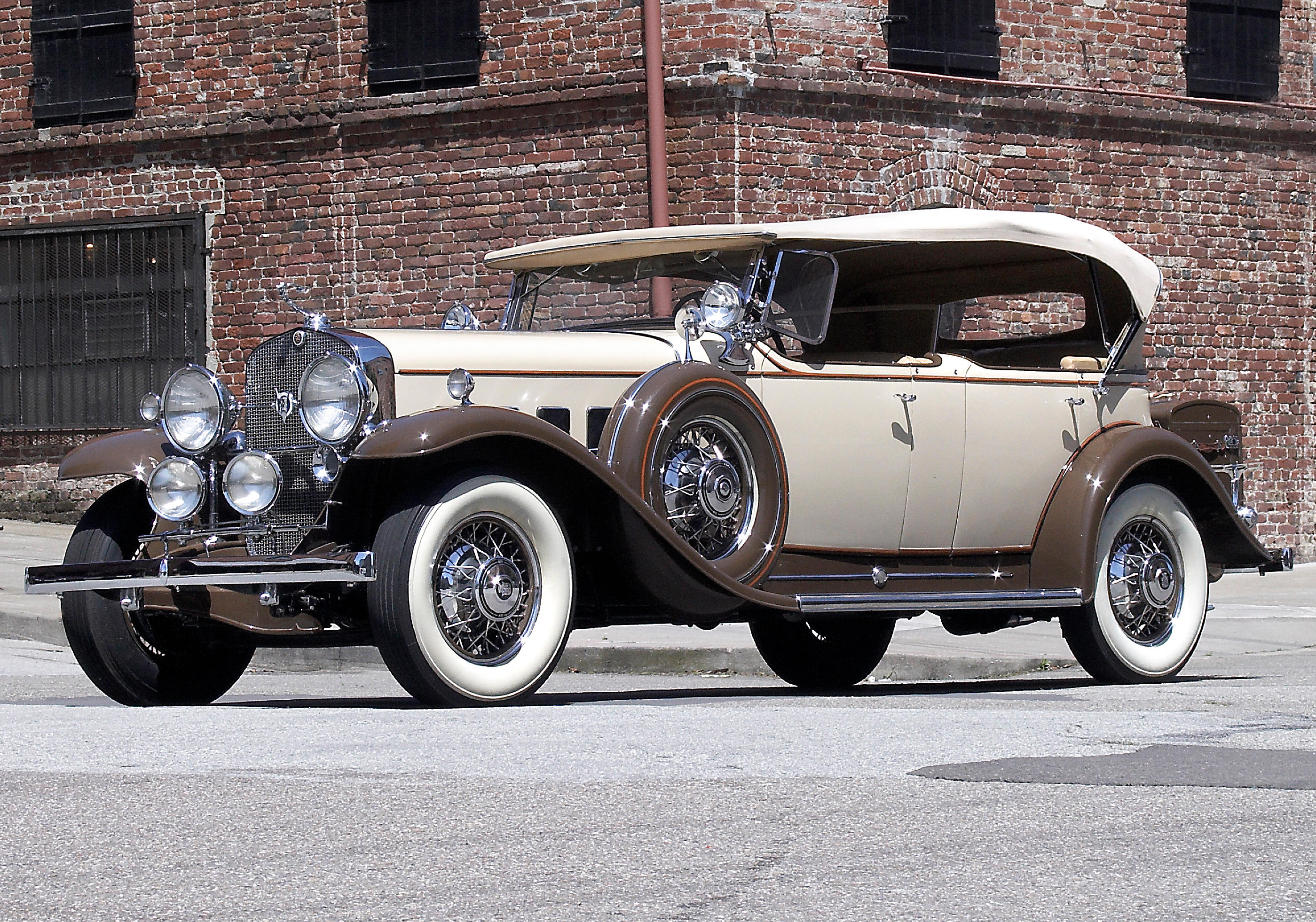
Try LotSearch and its premium features for 7 days - without any costs!
Be notified automatically about new items in upcoming auctions.
Create an alert